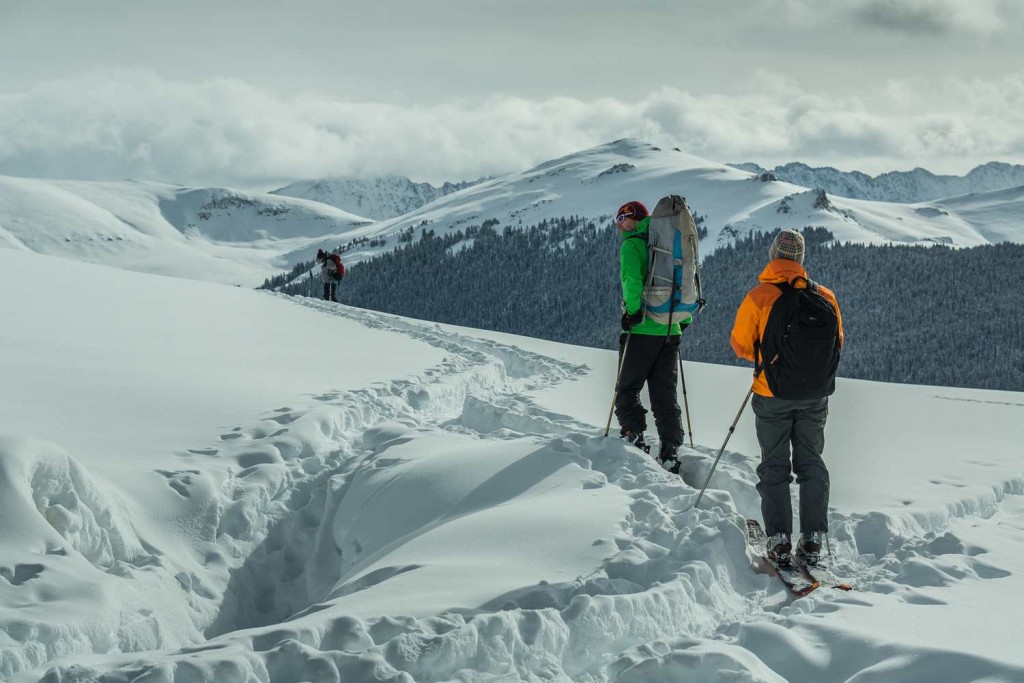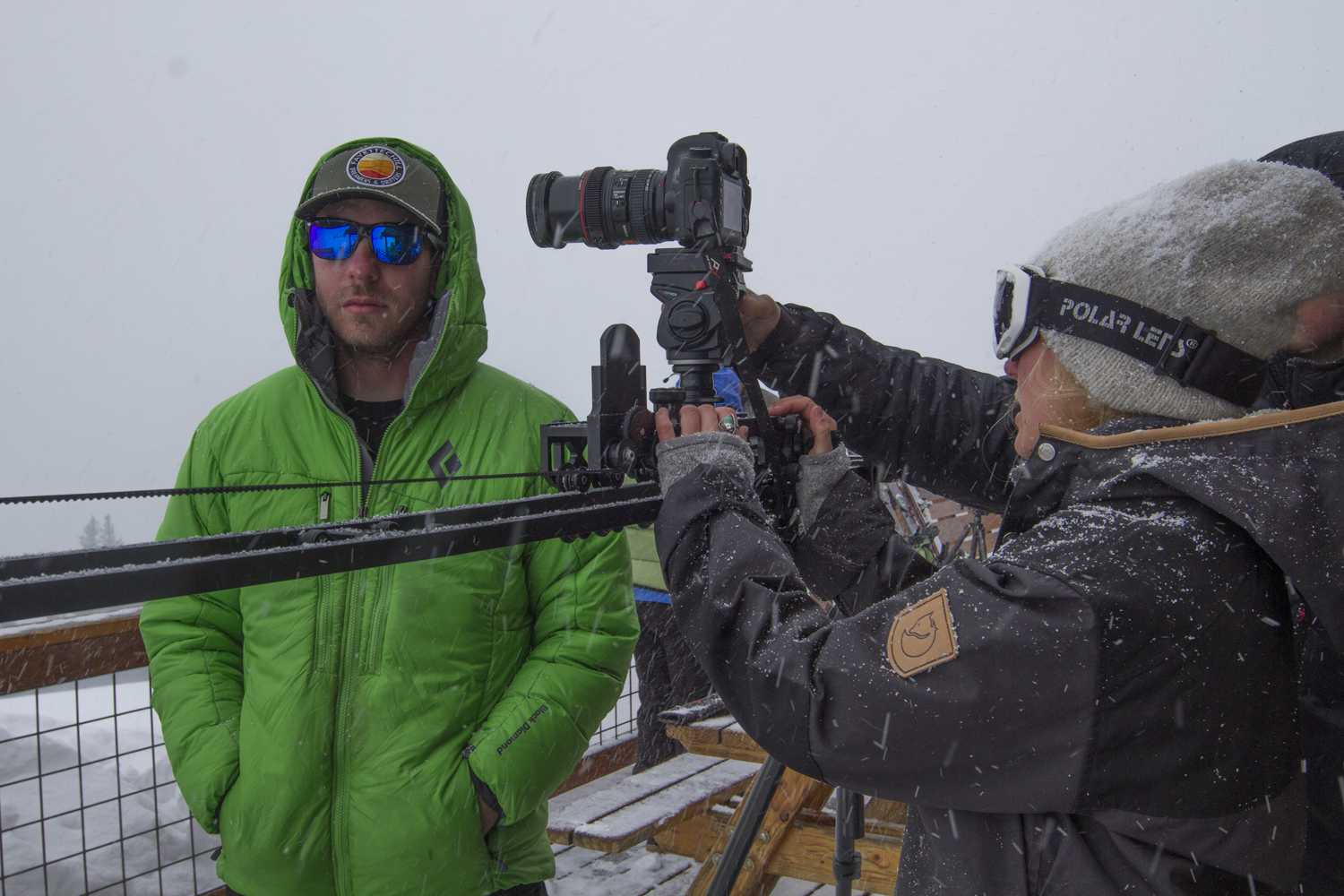You just got back from your trip and now have about two hours’ worth of righteous snowboarding footage, sick descents down mountain biking trails, epic sailing… but now what? Instead of letting your footage sit there and take up space, do something with it!
Find a Story to Tell
The first step to turning your outdoor footage into something more than just another ski porno or white water montage is to find a story you want to tell. Dig a little bit and reflect on something that really moved you from your experience and left an impression.
Develop a Plot
Once you have an idea of a point you want to share, develop a story around it. Brainstorm a classic plot arch starting with a beginning where you establish setting and characters, a middle where you introduce and develop the rising action and conflict, a climax where the story reaches its peak and then an end with a resolution of the story events. This is just the standard story format, so this is not the only way to develop your story; however, it is definitely a good format to get started.
Footage
Use the footage you have to fill in parts of your story. Think of your plot as an arch and your footage as points along that line; then fill in between the dots with B-roll. Try and work with what you already have, but do not sacrifice your story to fit the footage: although going out for a second time to get footage for missing story points might seem like a daunting task, it will no doubt be worth it and will make your story that much stronger.
B-Roll
Up to this point, you have worked with footage you already have. But shooting B-roll is where you can control the new footage you get, so put some thought into it. Make a shot list before going on location, so you will have a clear idea of the shots you need to get while out. Here are a few bullets to consider when shooting B-roll. When considering these points ask yourself, does my decision enhance the effect and emotion I aim to portray? Does it help move the story forward?
- Shot Type
- Camera angle
- Lighting
- Transitions from scene to scene
One tricky thing about working backwards and shooting B-roll separately is the location. Say you have a bunch of gnarly skiing shots, but now your back shooting B-roll and there is no snow or mountains. The best way around this is to shoot close ups. Keep the framing tight as to not show any of the background or setting, like an extreme close up of someone putting their hand into a glove, or a close up of a hand buckling up the bindings. This technique will help to develop the story without distracting landscape changes.
Put it Together
Last but not least, string it all together in a logical way and remain conscious about the decisions you are making as an editor. Consider the opening of your piece, does it hook the audience? A classic way to achieve this is to start out with extreme close ups that reveal only small bits of information regarding the location and the characters, making things a bit ambiguous will create a curiosity in the audience. Think about the transitions from scene to scene, does it flow smoothly? For example, your scenes shouldn’t just jump from day to night without a transition piece, in this instance a time-lapse would be an appropriate way to illustrate the passing of time. Do your cuts compliment your audio or vise verse? These are some questions to keep I mind as your cutting but ultimately there is no one way to edit something, let your artistic creativity and vision shine. Now take a second to pat yourself on the back, eat some ice cream, watch an episode of Gossip Girl… whatever it is you do to reward yourself because you have created an actual a film! Now the question is: what will your next story be?
Helpful Links
How to choose the right audio:
Some editing software platforms: (we recommend Adobe Primer Pro)
Visual Story Telling Tips:


